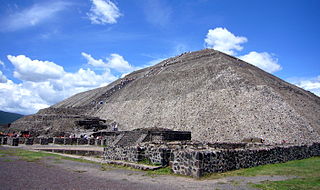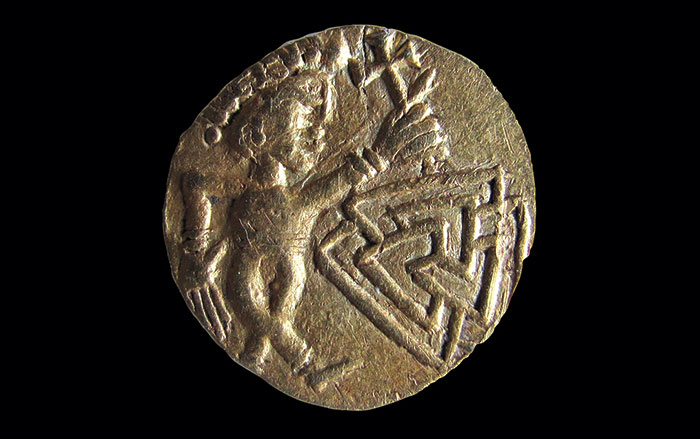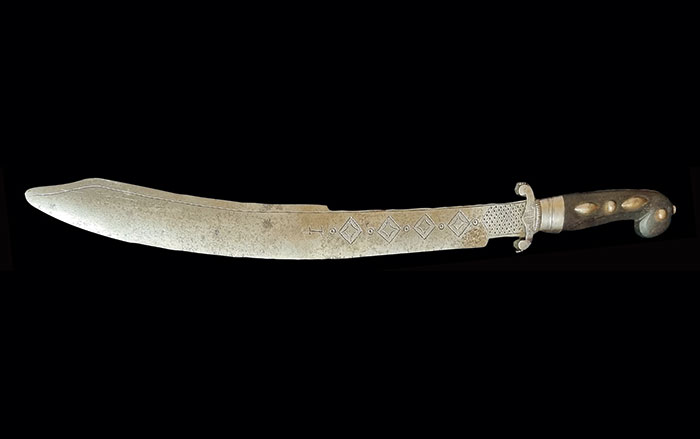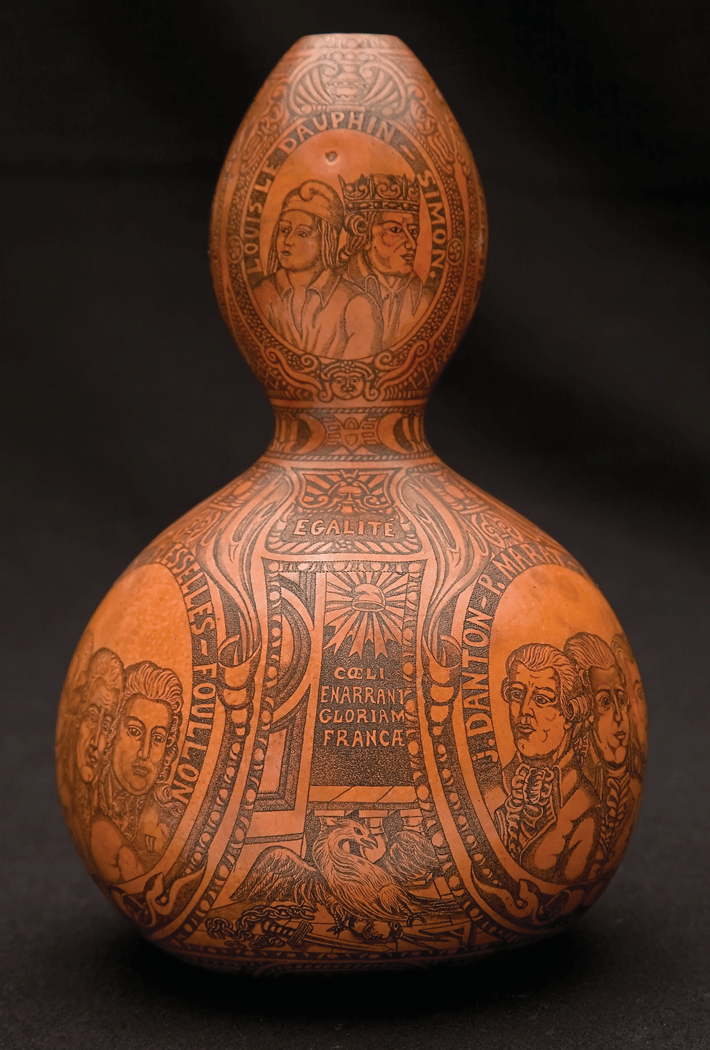
MEXICO CITY, MEXICO—A three-year study of Teotihuacán’s Pyramid of the Sun led by Arturo Menchaca of the National Autonomous University of Mexico suggests that dry conditions on the south side of the structure could lead to its collapse. His team placed detectors under the center of the pyramid to track how muons, which originate in space, passed through the building. What they found is that the density of the earth in the pyramid is at least 20 percent lower on one side than on the other. “I can use slightly moist sand to make a sandcastle. If I leave it exposed to the sun and touch it when it is dry, then it crumbles,” Menchaca told New Scientist.









